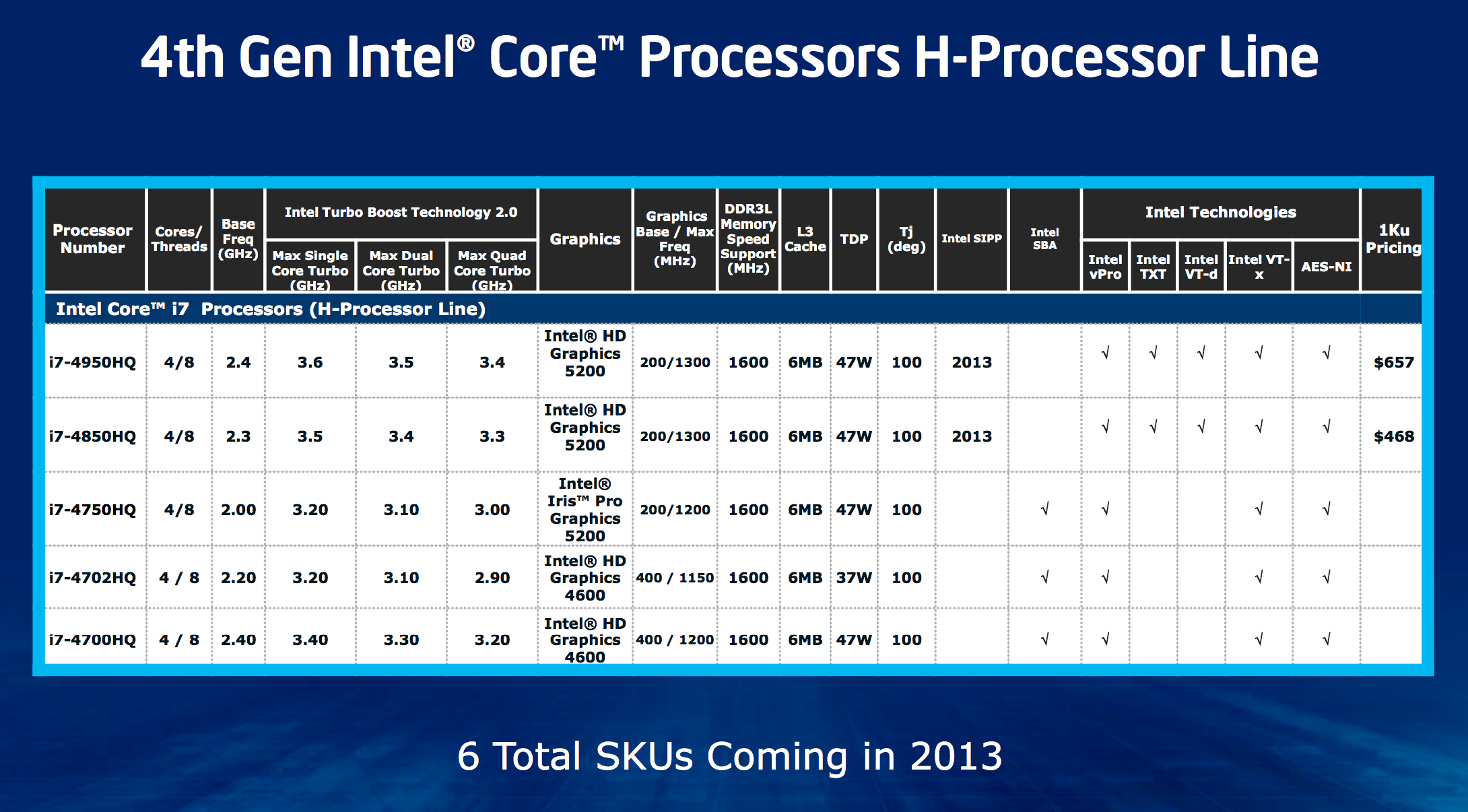Only around $300 bucks for GT3e huh. I'll take two!
What is the point in this chip? I've read the article twice now to see what I've clearly missed the first time around but the answer is still elusive. Anand appears to believe it's for that group of people who like to pay more for less? No wait - it's all about the power savings, because surely 40 minutes of GT3e gaming is better than 30 mins of some GT2 chip + faster and cheaper discrete?
And still no power benchmarks...
Don't know about the "low-end" versions, but high-end SKUs are even more expensive than that:

